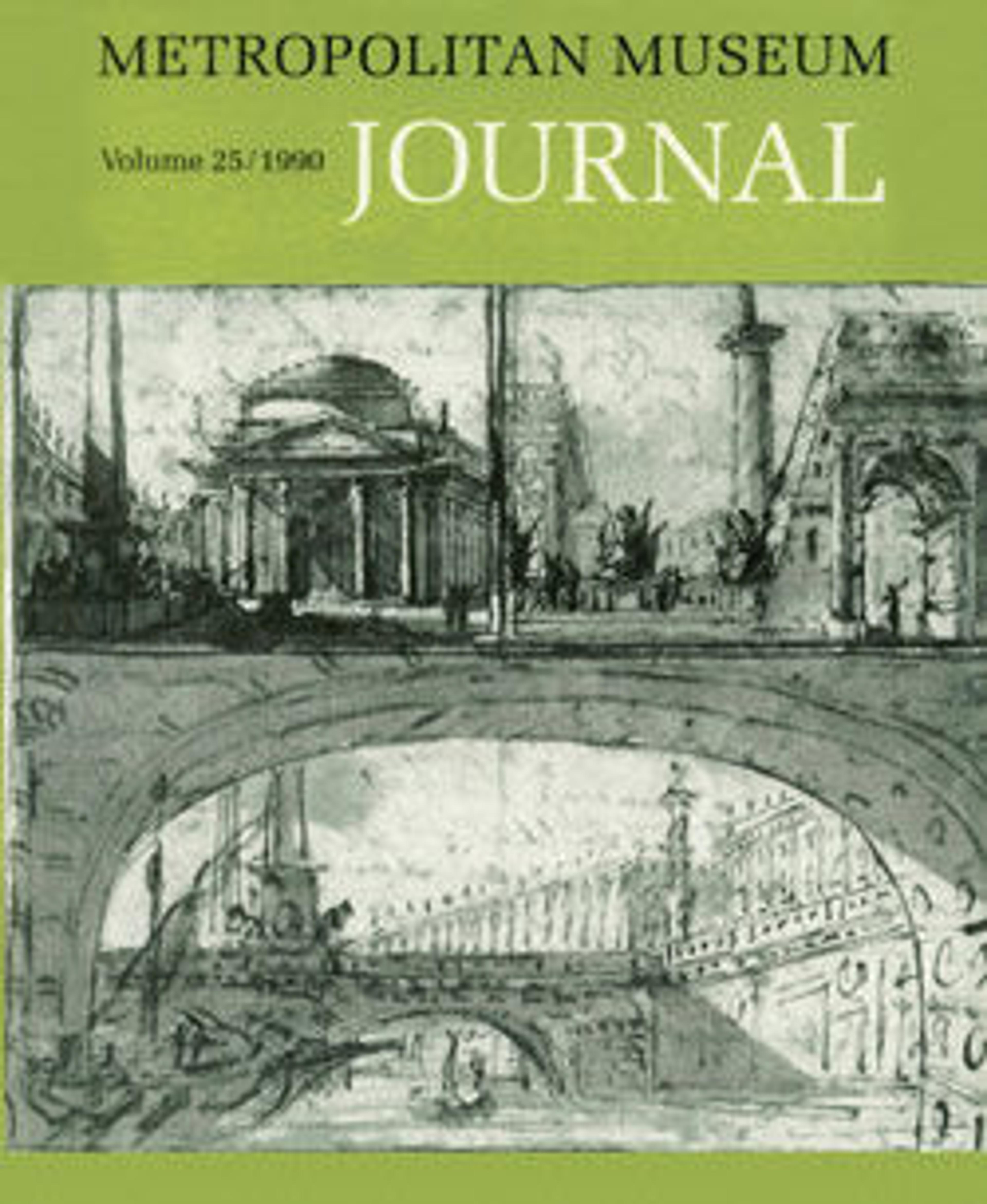Stove
The ceramics stove, the eighteenth-century equivalent of a radiator, was often designed to be part of a room's architecture and decoration. The body was made of a special clay composition that could withstand the heat of gases that circulated from a firebox located below it (as in this example), in the wall, or in an adjoining room.
Artwork Details
- Title:Stove
- Designer:Johann August Nahl (1710–1781/85)
- Date:ca. 1762
- Culture:German
- Medium:Tin-glazed earthenware, gilt
- Dimensions:H. 116 in. (294.6 cm)
- Classification:Ceramics-Pottery
- Credit Line:Harris Brisbane Dick Fund, 1959
- Object Number:59.88
- Curatorial Department: European Sculpture and Decorative Arts
More Artwork
Research Resources
The Met provides unparalleled resources for research and welcomes an international community of students and scholars. The Met's Open Access API is where creators and researchers can connect to the The Met collection. Open Access data and public domain images are available for unrestricted commercial and noncommercial use without permission or fee.
To request images under copyright and other restrictions, please use this Image Request form.
Feedback
We continue to research and examine historical and cultural context for objects in The Met collection. If you have comments or questions about this object record, please contact us using the form below. The Museum looks forward to receiving your comments.
